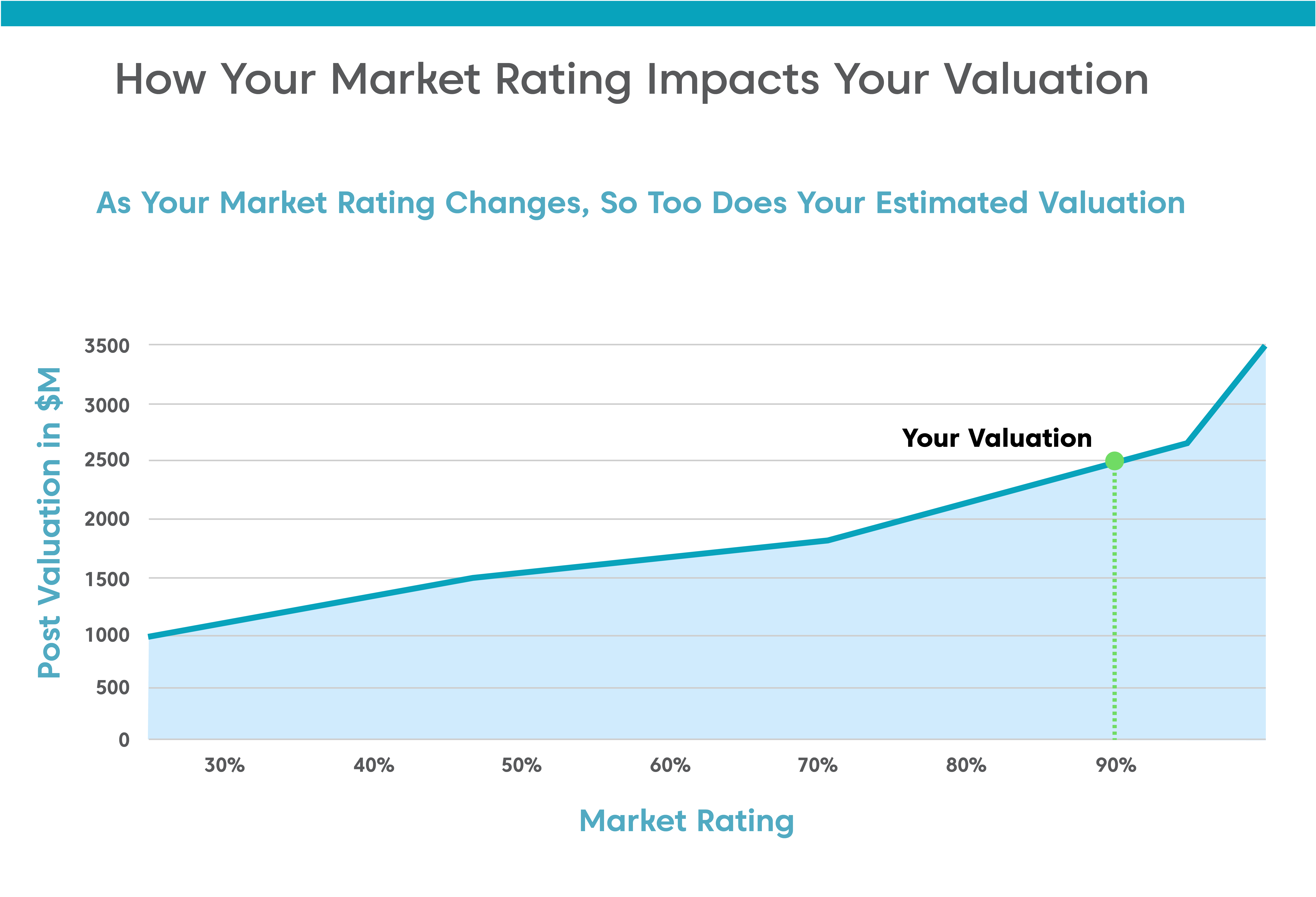Understanding Loan Capitalization Charge: What You Need to Know
Guide or Summary:What is Loan Capitalization Charge?How Loan Capitalization Charge WorksImplications of Loan Capitalization ChargeStrategies to Manage Loan……
Guide or Summary:
- What is Loan Capitalization Charge?
- How Loan Capitalization Charge Works
- Implications of Loan Capitalization Charge
- Strategies to Manage Loan Capitalization Charge
When it comes to financing education, starting a business, or making significant purchases, many individuals turn to loans. However, the concept of loan capitalization charge can often be misunderstood. In this article, we will delve into what loan capitalization charge means, how it affects borrowers, and the implications it has on your financial future.
What is Loan Capitalization Charge?
Loan capitalization charge refers to the process of adding unpaid interest to the principal balance of a loan. This typically occurs during periods of deferment or forbearance, where the borrower is not required to make payments. While this can provide temporary relief, it can also lead to a higher overall loan balance when payments resume. Understanding this concept is crucial for borrowers, as it can significantly impact the total amount repaid over the life of the loan.
How Loan Capitalization Charge Works
When a borrower takes out a loan, they agree to repay the principal amount plus interest over a specified period. If the borrower is unable to make payments due to financial hardship, they may be granted a deferment or forbearance. During this time, interest continues to accrue on the loan. If the borrower does not pay this interest, it is added to the principal balance, resulting in a loan capitalization charge.

For example, consider a student loan with a principal balance of $10,000 and an interest rate of 5%. If the borrower is granted a six-month deferment and does not pay the interest that accrues during this time, the total interest would amount to $250. Once the deferment period ends, the new principal balance would be $10,250, leading to higher monthly payments and more interest paid over time.
Implications of Loan Capitalization Charge
The implications of loan capitalization charge can be significant. Borrowers may find themselves in a cycle of debt, where their loan balance continues to grow due to accrued interest. This can make it challenging to manage monthly payments, particularly for those already experiencing financial difficulties.
Additionally, loan capitalization can affect credit scores. If borrowers struggle to keep up with their payments due to higher balances, they may miss payments or default on their loans. This can lead to negative marks on their credit reports, making it more difficult to secure future financing.
Strategies to Manage Loan Capitalization Charge
To avoid the pitfalls of loan capitalization charge, borrowers should consider several strategies:
1. **Stay Informed**: Understanding the terms of your loan is crucial. Be aware of when interest accrues and how it may impact your balance.
2. **Make Payments During Deferment**: If possible, make interest payments during periods of deferment or forbearance. This can prevent interest from capitalizing and keep your loan balance lower.
3. **Explore Repayment Options**: Many lenders offer flexible repayment plans. Investigate options that may reduce your monthly payment or allow for interest-only payments during financial hardship.
4. **Consult a Financial Advisor**: If you’re struggling with debt, consider speaking with a financial advisor. They can provide personalized strategies to manage your loans effectively.

Loan capitalization charge is an important concept for borrowers to understand. While it can provide temporary relief during financial hardship, it can also lead to a higher overall loan balance and increased financial strain. By staying informed and taking proactive steps, borrowers can navigate the complexities of loan capitalization and work towards a more stable financial future.